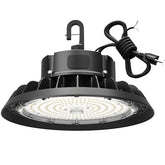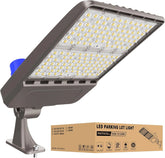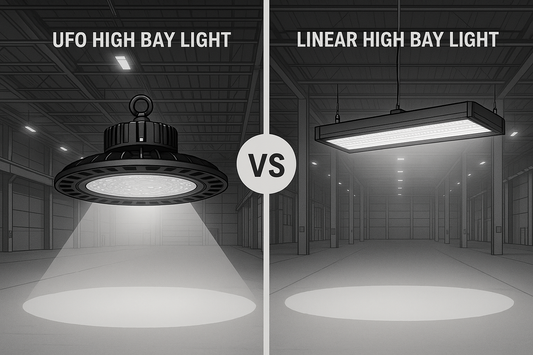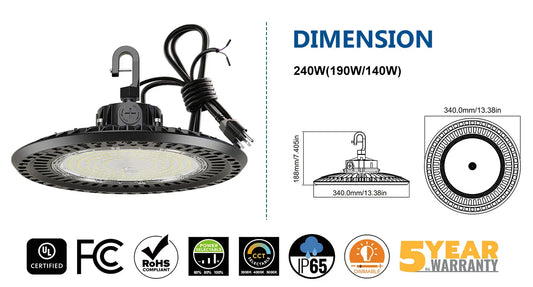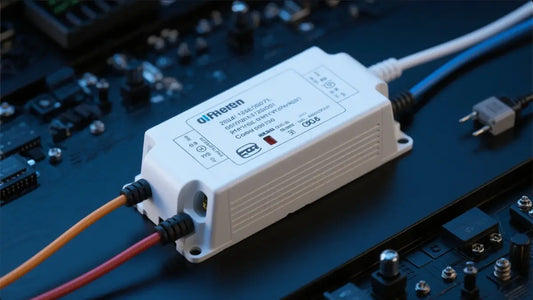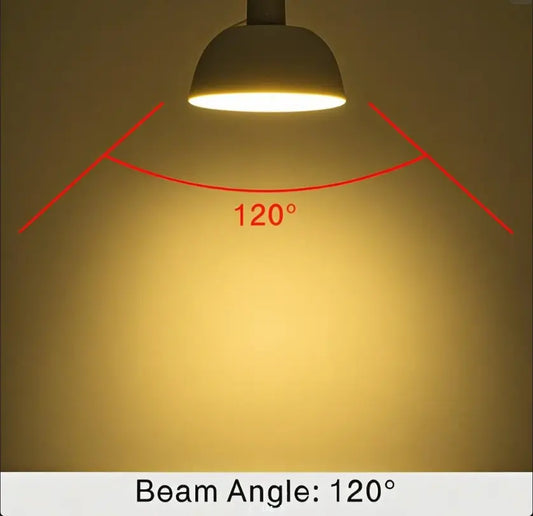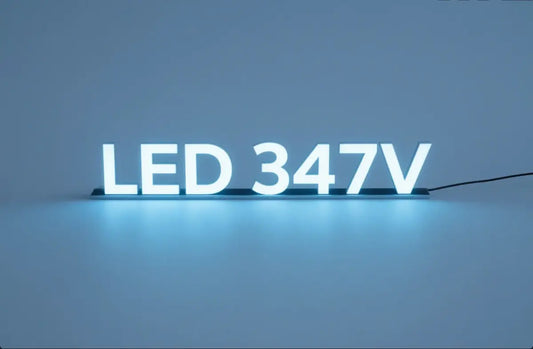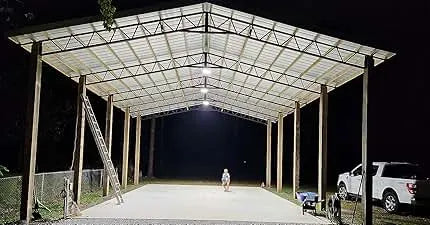UFO Vs Linear High Bay Lights
GGJIA New Products Arrival!!!
LED Lighting Fixtures Certification
What Is Needed For Warehouse Lighting Design?
Warehouse LED Lighting Standards And Regulations
How Does The Lighting Driver Work?
What does 120 degree beam angle mean?
What is 347V Lighting?
What Are the Top Picks for High Bay LED Shop Lights in 2025?

